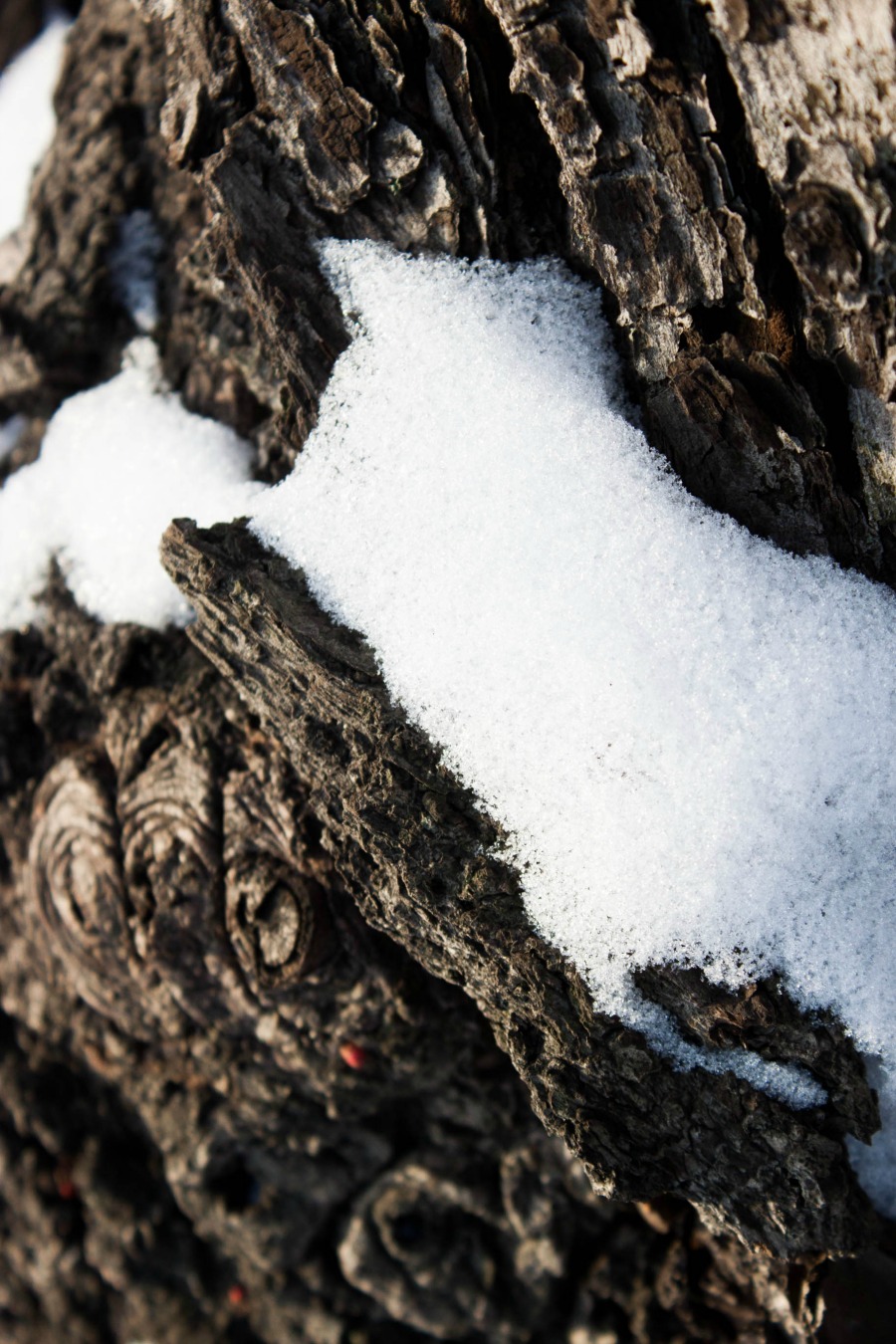I wasn't quite sure if I should publish this post the way it looks now. You know, I'm not fully satisfied with the salad shots. I felt the urge to shoot them again. To do better. But then I looked at my day planner and realized that the coming week would be a busy one. Train rides, lectures on the university, making analyses for my thesis, work shifts. I wouldn't be at home during the daylight hours. So I would either have to post this with the shots I had, or you guys would have to wait for this delicious salad for one whole week longer.
You must know, I'm someone who always tries to do her very best. Always trying to push further, challenging myself. As a kid, my parents needed to tell me to do less, not more. Over the years, I've learned to be more forgiving to myself. It doesn't come natural to me; it's a thing I need to do consciesly. "It's okay." "You've already done enough for today." So here I am, putting this online without being fully satisfied with it. Being kinder to myself. Telling myself "It's alright".
And, like you see on these pictures, I think I need to be kinder to spring too. It snowed last week. Oh well... But at least the sun never left.
Today, I share a salad with you that I've been enjoying often during the last couple of weeks. A mix of different greens, pan-fried salmon, and a highly addictive wasabi dressing. A wonderful composition. I didn't want to give you strict quantities for the ingredients. After all, a salad is a forgiving dish. Choose what's in season or what looks especially delicious at the store or at the farmer's market. How big is your appetite? Two or three handfuls of salad? Maybe you don't like salmon? Leave it out or substitute it with something else. Really, go ahead, and make this salad yours.
Salmon Salad with Wasabi Dressing
This salad is greatly inspired by the salmon and avocado salad from the Helsinki-based restaurant Rafla. The recipe can also be found in the Finnish cookbook Safkaa - Parempaa arkiruokaa by Alexander & Hanna Gullichsen, p. 33
150 g salmon per person, cut lenghtwise into 1 cm thick fillets
fine sea salt & freshly ground black pepper, to season
lime, to drizzle on top
a mix of different salads & herbs (I used frisée salad, bloody dock, pea tendrils, & cilantro), washed & dried
piece of carrot, cut into long stripes
piece of cucumber, cut into long stripes
avocado, halved & sliced
edamame beans, cooked (I used frozen ones)
radishes, thinly sliced
gari (Japanese pickled ginger)
for the dressing (serves 2):
juice of ½ a lime
pinch of fine sea salt
2 tsp wasabi
4 tbsp neutral vegetable oil, like canola
to serve:
pumpkin seeds, toasted
rice vinegar
salt & freshly ground black pepper, optional
For the dressing, whisk together the lime juice, salt, and wasabi until completely combined. While whisking constantly, slowly add the oil. This is crucial to keep the dressing from separating.
In a frying pan, fry the salmon, skin side down first, until cooked through. While cooking, season with salt & pepper, and drizzle with some lime juice.
Arrange the salad on a plate, sprinkle with some toasted pumpkin seeds, and drizzle with some rice vinegar.




























